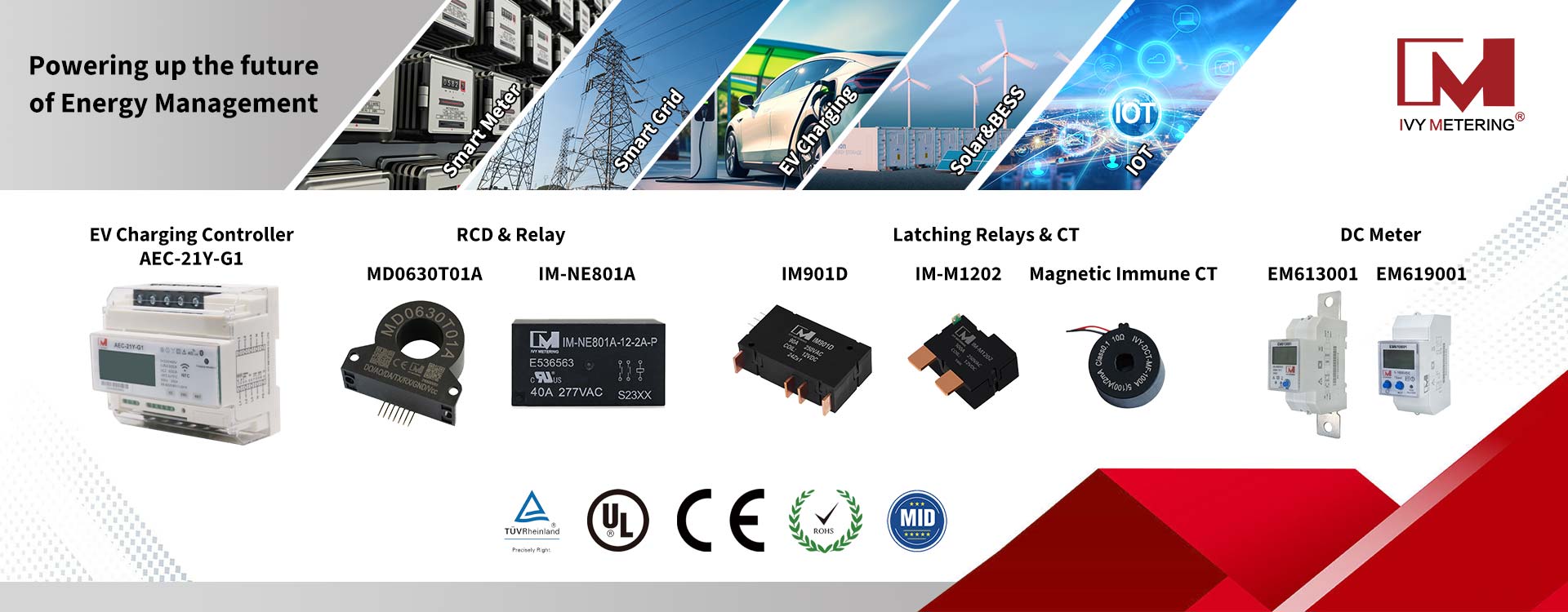RCD Requirements in EV Charging Station
From 2016 to 2020, the number of electric vehicles sales increased from 466,000 to over 2,008,000 worldwide, maintaining an annualized average growth rate of 46.6 percent over the past five years. The sales of electric vehicles in China have been growing rapidly since 2017, with an annualized growth rate of more than 80% from 2017 to 2018. The growth of the new energy vehicle market cannot be separated from the construction of basic charging facilities. How to ensure the safety of electricity in the charging process, in particular, it is worth paying attention to prevent leakage current from harming life and property.
As the residual current protective devices (RCD) is widely used in low-voltage distribution system to prevent electric shock accidents, leakage damage of electrical equipment and fire caused by electrical leakage. RCD is widely used as a basic electrical protection device in the field of electric vehicle charging application (IC-CPD and AC Charger/Wall-box).
There are four charging modes for electric vehicles shown, which are clearly explained in IEC 61851-1-2017.
Mode 1, charging connection cables are used to connect electric vehicles with AC electrical grid,and residual current protection mainly relies on residual current protection devices (RCD) in building distribution boxes. since it can not be guaranteed that all existing building devices are equipped with RCD, this method is very dangerous and has been banned;
Mode 2, an on-cable control protection device (IC-CPD) is installed on the charging connection cable, and the IC-CPD has the residual current detection and protection function;
Mode 3 (AC Charger/ Wall-Box) ,used a AC power supply equipment connect to the electric vehicle directly with the AC power grid, and the control guidance device is installed on the special power supply equipment.
Mode 4 ( DC Charger Station), when electric vehicles are connected to AC or DC power grids, DC power supply devices with control guidance function are used. But we mainly discuss the selection of residual current protectors in mode 2 and mode 3 charging.The DC charger is not a topic in this article.
According to IEC 61851, it is clearly stipulated that the residual current protection in AC charging equipment shall adopt type B or type A + 6mA smooth DC RCD, which meets the requirements of IEC 60755-2017. Figure 2 shows the schematic diagram of mode 3 charge control guidance circuit, and a leakage current protector is installed inside the power supply equipment.
In IEC62752 < In-cable Control and protection device for mode 2 charging of electric road Vehicles ( IC-CPD)>
A smooth DC 6mA or a Type-B Leakage current detection is required in the IC-CPD application.
In IEC62955, A smooth DC 6mA or a Type-B Leakage current detection is required in the AC Charger/Wall-box application.
IVY has developed a new, compact, PCB mount mA residual current sensor(RCD sensor) for use in electric vehicle charging applications.
MD series RCD/RCM sensor is designed for use in e-mobility infrastructure and AC charging station designs to monitor leakage currents in mode two/three/four electric vehicle charging.
It is suited for AC/DC residual current measurement, identifying AC and DC residual (earth fault) currents in combination with charge controllers and residual current monitoring modules MD0630T01A, MD0630T41A and MD0630T41A-1.
This new current transformer is practical and more cost effective for integrators to use and install into charging solutions. It measures currents in accordance with IEC 62752 and 62955, ensuring safe, compliant charging.
It is supplied as either direct PCB mount or cable harness connection - with optional connecting cable available in various lengths when supplied for use with a charge controller.












